Drilling has discovered a new body of zinc and copper massive sulphide mineralization below the historical Big Zinc resource
LUBUMBASHI, DEMOCRATIC REPUBLIC OF CONGO – Robert Friedland, Executive Chairman of Ivanhoe Mines (TSX: IVN), and Lars-Eric Johansson, Chief Executive Officer, announced today that additional, exceptionally high-grade zinc, copper and silver drill intercepts have been reported in the fourth batch of assay results from the company’s underground diamond-drilling program at the historic, high-grade Kipushi copper-zinc-germanium-lead and precious-metals mine.
Drilling at depth to the south of the Big Zinc zone has revealed a new intersection of massive sulphide mineralization containing sphalerite (zinc), chalcopyrite (copper) and pyrite. Hole KPU072 — drilled through the historical Big Zinc zone from the hanging-wall drill drift 1,272 metres below surface to test for the depth extension of the Big Zinc to the south — intersected a zone of significant massive sulphide mineralization over a down-hole length of 60 metres. It is uncertain at this stage if the intersection forms a down plunge extension of the Big Zinc zone or is a separate body of mineralization.
“Our underground drilling program at Kipushi is continuing to deliver exceptionally high-grade intercepts in several target areas, while leading to an improved understanding of geology and structural controls on the mineralization,” said Mr. Friedland.
“The recent intercept in hole KPU072 highlights the potential to discover new zones of high-grade zinc and copper mineralization. We’re looking forward to drill-testing these targets as our drilling program continues.”
The Kipushi Mine is on the Central African Copperbelt in southern Katanga province, approximately 30 kilometres southwest of Lubumbashi and less than one kilometre from the DRC-Zambia border.
Highlights of the new assay results include:
- KPU051 drilled on section line 7: 188.5 metres grading 49.7% zinc, 0.3% copper, 15 grams per tonne (g/t) silver and 58 g/t germanium.
- KPU055 drilled on section line 7: 162.9 metres grading 51.1% zinc, 0.4% copper, 11 g/t silver and 59 g/t germanium.
- KPU057 drilled on section line 5: 175.7 metres grading 50.3% zinc, 0.3% copper, 11 g/t silver and 27 g/t germanium.
- KPU058 drilled on section line 11: 41.4 metres grading 42.1% zinc, 3.8% copper, 54 g/t silver and 71 g/t germanium, including a copper-rich intercept of 6.0 metres grading 6.0% zinc, 22.6% copper, 203 g/t silver and 177 g/t germanium.
- KPU061 drilled on section line 5: 75.6 metres grading 46.2% zinc, 0.3% copper, 20 g/t silver and 89 g/t germanium, plus a second intercept of 64.9 metres grading 44.7% zinc, 1.1% copper, 14 g/t silver and 128 g/t germanium.
The new assay results also included results in the Série Récurrente (Recurring Series) zone. It included the following significant intercept:
- KPU049 (Série Récurrente zone): 9.7 metres true thickness grading 11.8% copper, 6.0 % zinc and 73.0 g/t silver, including a higher grade intercept of 6.4-metre true thickness grading 16.8% copper, 7.7% zinc, 104 g/t silver.
Potential new zone of zinc mineralization discovered in hole KPU072
Ivanhoe’s drilling program now is focused on exploration for new zones of mineralization below the historical indicated resources. The first of these holes, KPU072, was collared from section 17 on the 1,272-metre level hanging-wall drift and drilled at -64 degrees to 190 to test along the southerly plunge of the Big Zinc. The hole encountered Big Zinc mineralization until a down-hole depth of 286 metres when it passed into dolomites of the middle Kakontwe. The hole then entered a new zone of mineralization at a down-hole depth of 417.32 metres to 477.17 metres (60-metre drilled length), approximately 140 metres below the base of historical indicated resources.
Mineralization appears similar in style and zonation to the Big Zinc, with mixed massive red sphalerite (iron bearing), chalcopyrite and minor pyrite from 417.32 metres to 420.55 metres, massive pale brown sphalerite (zinc rich) from 420.55 metres to 468.09 metres, and massive pyrite with accessory chalcopyrite and sphalerite from 468.09 metres to 477.17 metres. The core intersection angles suggest the zone may have a true width of approximately 30 metres.
KPU072 is the second hole to successfully intersect Big Zinc-style massive sulphides at depth. The first, KPU003, intersected a zone of massive sulphides approximately 180 metres below the historical measured and indicated resources and 130 metres west from the new KPU072 intercept. The KPU003 intersection returned a previously reported 58.6% zinc and 293.8 g/t germanium over 22.3 metres. Holes KPU003 and KPU072 are shown in Figure 5 and a photograph of the intersection is shown in Figure 6.
Nord Riche zone tested with holes KPU073 and KPU074
Two holes recently have been drilled into the area where the Série Récurrente zone intersects the Kipushi Fault Zone, historically referred to as the Nord Riche (North Rich) zone. Ivanhoe’s holes KPU073 and KPU074 targeted down-plunge extensions of this zone below the level of historical mining. Zones of disseminated and massive sulphides were intersected in both holes, and assay results are pending.
KPU073, drilled at -17 degrees to KPU057, intersected a zone of disseminated sulphide mineralization in dolomite between 69.52 and 91.18 metres with massive chalcopyrite between 69.52 and 69.97 metres, between 70.33 and 72.45 metres and between 89.53 and 91.18 metres.
KPU074, drilled at -30 degrees to KPU057, intersected a zone of mixed massive sulphide (chalcopyrite and sphalerite) and dolomite between 73.77 and 94.00 metres with mixed massive sulphide between 73.77 and 77.15 metres, 79.7 and 81.60 metres, 83.00 and 84.17 metres, 84.80 and 86.40 metres and 91.54 to 94.00 metres.
KPU073 and KPU074 are shown in Figure 7 and a photograph of the KPU074 intersection is shown in Figure 8.
Ivanhoe cautions that the presence of mineralization observed in the three holes — KPU072, KPU073 and KPU074 — is presented to confirm only the presence of mineralization similar in style to that observed in other holes drilled to date both in the Big Zinc and Fault zones. Assays for copper, zinc, lead, germanium and precious metals for these holes are pending.
Ivanhoe now has completed 75 holes, totalling approximately 14,900 metres of its planned 20,000-metre underground diamond drilling program. Assays for holes one through 64 now have been released, while assays for holes 65 through 75 are pending. Two diamond-drill rigs continue to complete exploration and confirmatory drilling of the Big Zinc, Nord Riche and Série Récurrente zones from the hanging-wall drill drift on the 1,272-metre level.
Figure 1: Schematic Kipushi cross-section showing mine infrastructure, the Big Zinc and Kipushi Fault zones, and the new discovery area below the Big Zinc.
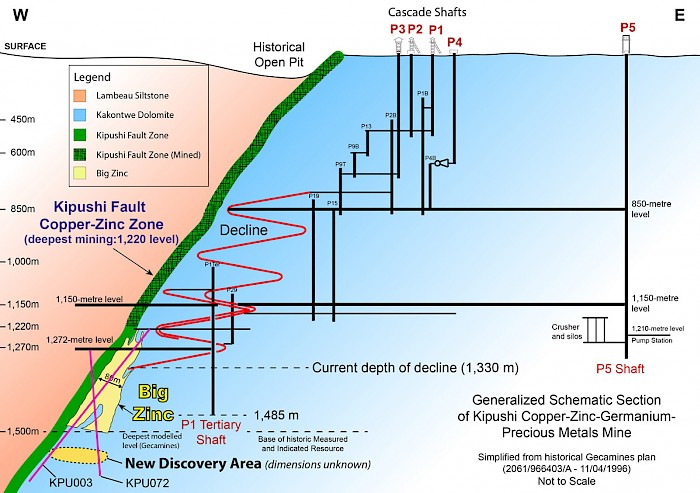
Figure 2: Plan of the 1,272-metre level with drill sections, showing schematically the location of the mineralized zones and infrastructure in the Cascades side of the mine. The Big Zinc zone is interpreted to plunge steeply to the south.
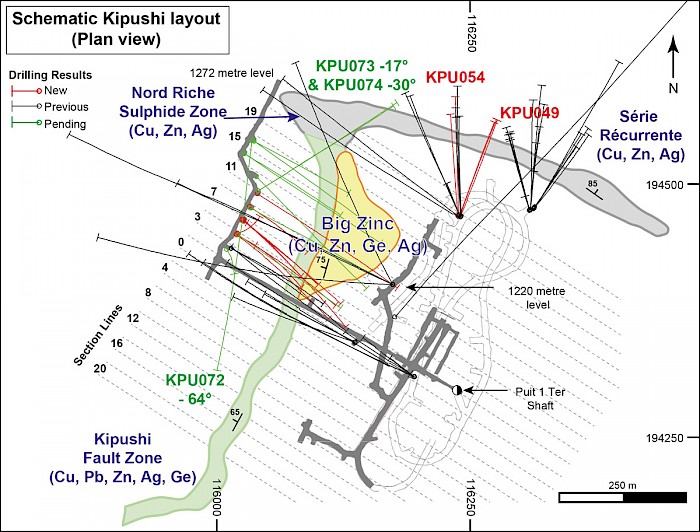
Figure 3: Drill section 5 containing confirmation drill holes KPU057, KPU059, KPU061 and KPU062 through the Big Zinc zone.
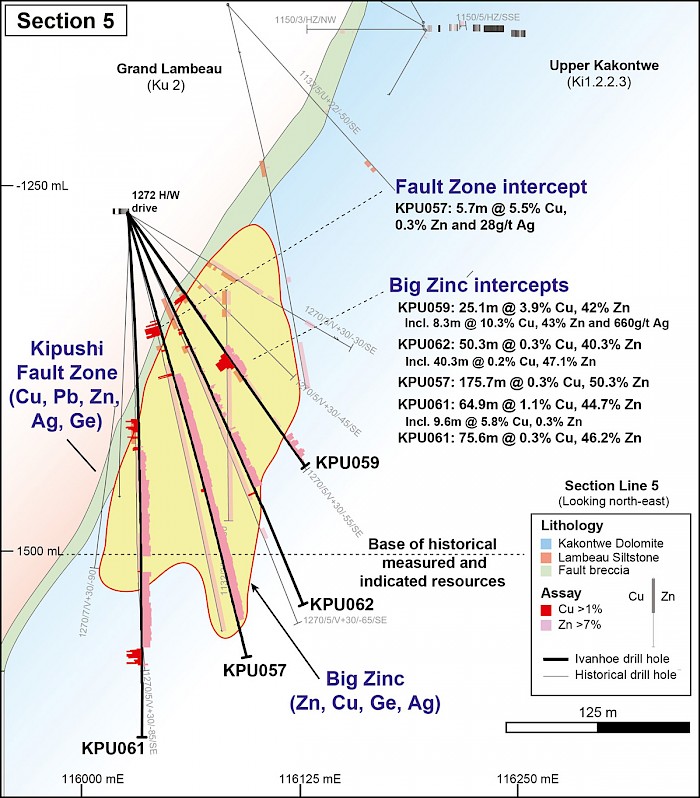
Figure 4: Drill section showing holes KPU046, KPU050, KPU051 and KPU055.
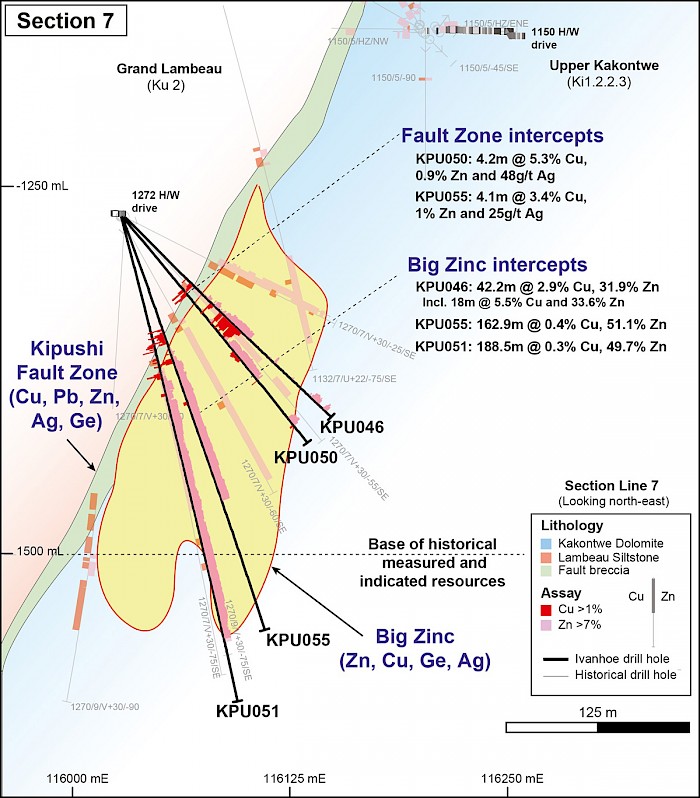
Figure 5: Schematic showing relationship between KPU003 and KPU072.
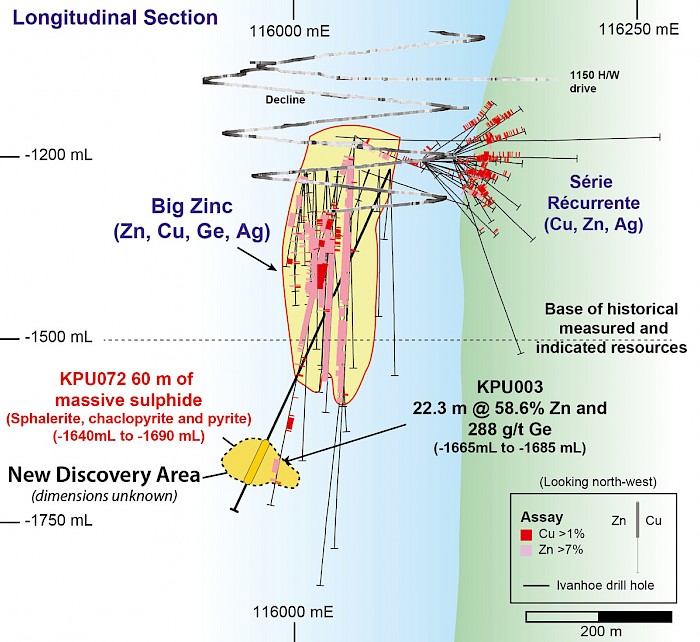
Figure 6: Discovery hole KPU072 with mixed chalcopyrite and sphalerite to 420.55 metres and massive sphalerite from 420.55 to 431.84 metres.
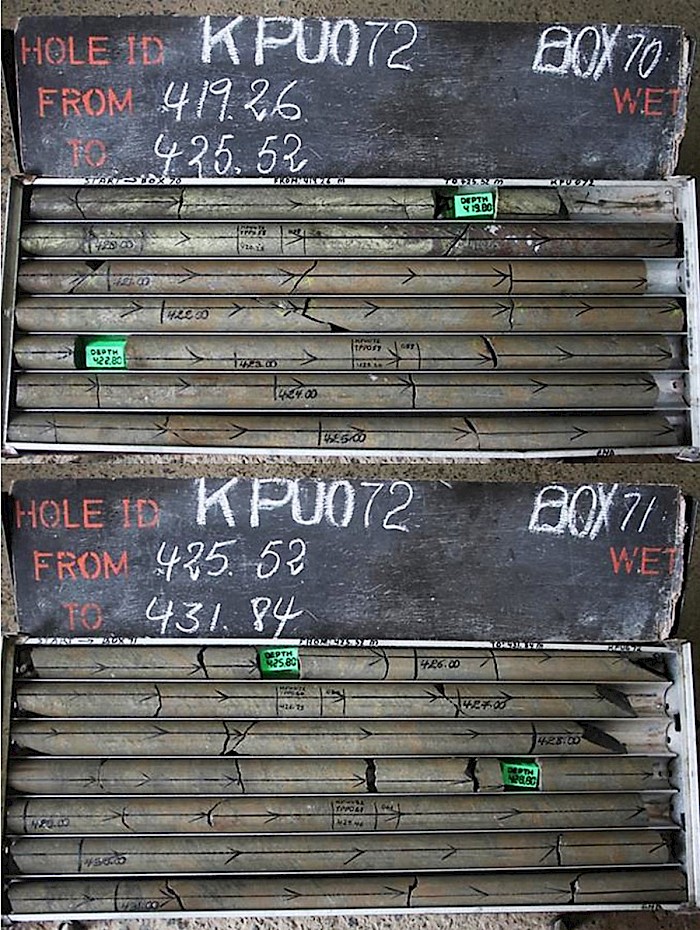
Figure 7: Section through holes KPU073 and KPU074 drilled through Nord Riche zone.
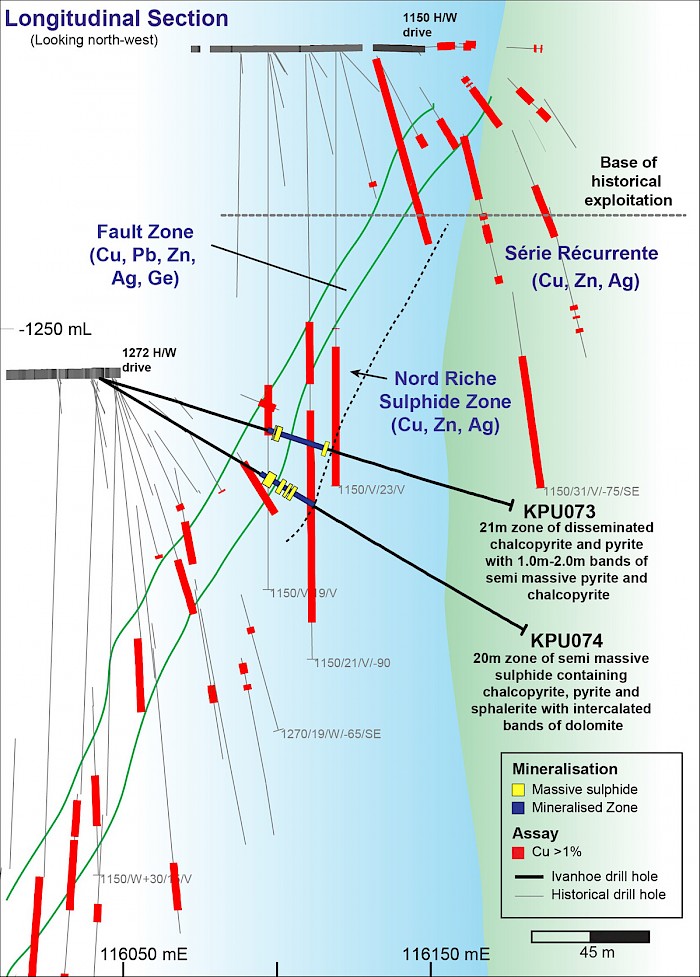
Figure 8: KPU074 showing Nord Riche zone of mixed massive sulphide and disseminated sulphides in dolomite between 78.0 and 89.0 metres.
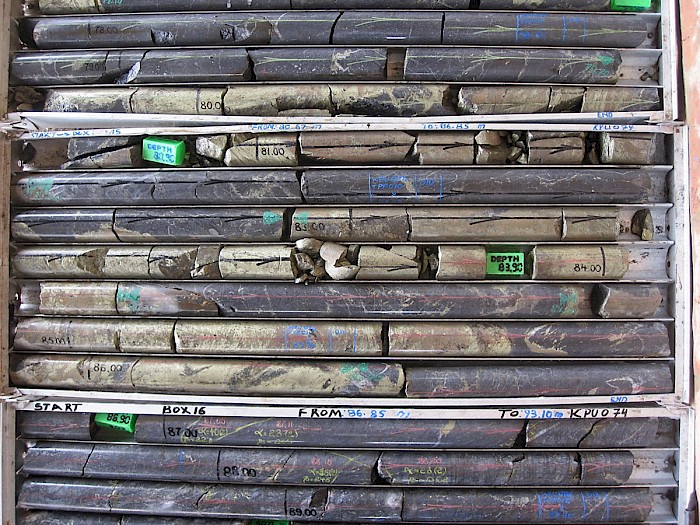
Table 1: Summary of recent assay results by Ivanhoe Mines at Kipushi.
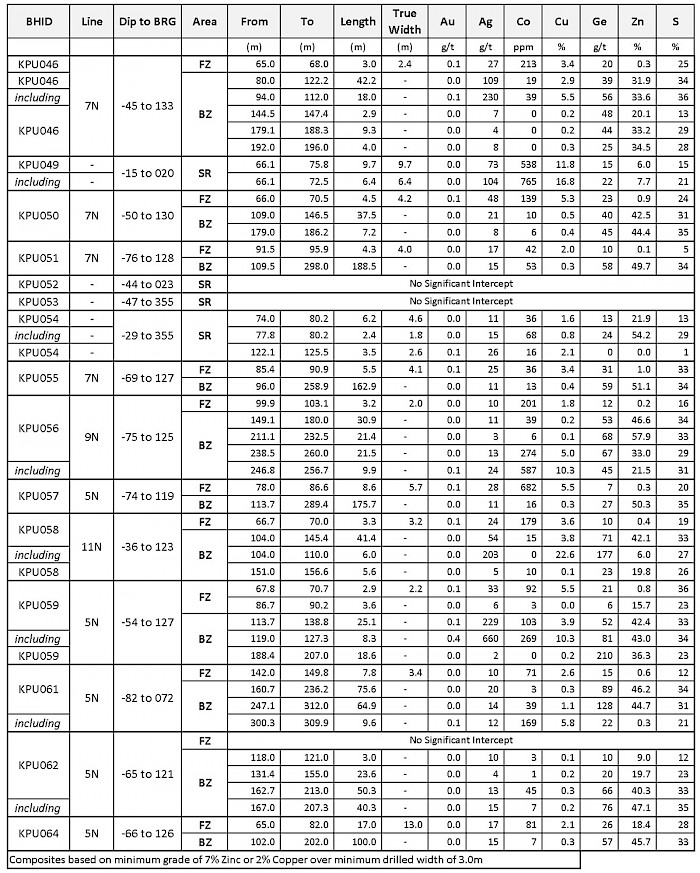
Note: SR = Série Récurrente; Kipushi FZ = Kipushi Fault Zone; NR = Nord Riche, FW Zinc = Footwall Zinc: massive sphalerite zones of uncertain geometry and correlation intersected in the footwall of the Big Zinc.
About the Kipushi Mine
Following its start-up in 1924 as the Prince Léopold Mine, Kipushi produced a total of 6.6 million tonnes of zinc and 4.0 million tonnes of copper — from 60 million tonnes of material grading 11% zinc and approximately 7% copper — until political instability prompted the suspension of operations in 1993. The mine also produced 278 tonnes of germanium between 1956 and 1978.
In addition to the recorded production of copper, zinc, lead and germanium, historical mine-level plans for Kipushi also report the presence of precious metals, specifically silver and rhenium. There is no formal record of precious metal production on the property.
The lower levels of the mine flooded in early 2011 due to a lack of pumping maintenance over an extended period. Ivanhoe Mines (formerly Ivanplats) acquired a 68% interest in Kipushi in November 2011 and has assumed responsibility for ongoing redevelopment, dewatering and drilling. The state-owned mining company Gécamines holds the remaining 32% interest in Kipushi.
Qualified Person, Quality Control and Assurance
The scientific and technical information in this news release has been reviewed and approved by Stephen Torr, P.Geo., Ivanhoe Mines’ Vice President, Project Geology and Evaluation, a Qualified Person under the terms of National Instrument 43-101. Mr. Torr has verified the technical data disclosed in this news release.
Ivanhoe Mines maintains a comprehensive chain of custody and QA-QC program on assays from its Kipushi Project. Half-sawn core is processed at its preparation laboratory in Kamoa, DRC, before being shipped to Bureau Veritas Minerals (BVM) Laboratories in Australia for external assay. Industry-standard certified reference materials and blanks are inserted into the sample stream prior to dispatch to BVM. Ivanhoe Mines’ QA-QC program has been set up in consultation with MSA Group (Pty.) Ltd., of Johannesburg.
About Ivanhoe Mines
Ivanhoe Mines, with offices in Canada, the United Kingdom and South Africa, is advancing and developing its three principal projects:
- The Kamoa copper discovery in a previously unknown extension of the Central African Copperbelt in the DRC’s Katanga Province.
- The Platreef Discovery of platinum, palladium, nickel, copper, gold and rhodium on the Northern Limb of the Bushveld Complex in South Africa.
- The historic, high-grade Kipushi zinc-copper mine, also on the Copperbelt in the DRC.
Information contacts
Investors
Bill Trenaman +1.604.331.9834
Media
North America: Bob Williamson +1.604.512.4856
South Africa: Jeremy Michaels +27.82.939.4812
Website www.ivanhoemines.com
FORWARD-LOOKING STATEMENTS
Statements in this news release that are forward-looking statements are subject to various risks and uncertainties concerning the specific factors disclosed here and elsewhere in the company’s periodic filings with Canadian securities regulators. When used in this document, the words such as “could,” “plan,” “estimate,” “expect,” “intend,” “may,” “potential,” “should” and similar expressions, are forward-looking statements. Information provided in this document is necessarily summarized and may not contain all available material information.
Statements in this release that constitute forward-looking statements or information include, but are not limited to statements regarding the exploration and confirmatory drilling of the Big Zinc, Nord Riche and Série Récurrente zones and the potential for extensions to historic resources; and statements regarding the number of drill rigs, drilling plans and progress.
Forward-looking statements involve significant risks and uncertainties, should not be read as guarantees of future performance or results, and will not necessarily be accurate indicators of whether or not such results will be achieved. All such forward-looking information and statements are based on certain assumptions and analyses made by Ivanhoe Mines’ management in light of their experience and perception of historical trends, current conditions and expected future developments, as well as other factors management believe are appropriate in the circumstances. These statements, however, are subject to a variety of risks and uncertainties and other factors that could cause actual events or results to differ materially from those projected in the forward-looking information or statements including, but not limited to, unexpected changes in laws, rules or regulations, or their enforcement by applicable authorities; the failure of parties to contracts to perform as agreed; social or labour unrest; changes in commodity prices; and the failure of exploration programs or studies to deliver anticipated results or results that would justify and support continued exploration, studies, development or operations. Other important factors that could cause actual results to differ from these forward-looking statements also include those described under the heading “Risk Factors” in the company’s most recently filed MD&A as well as in the most recent Annual Information Form filed by Ivanhoe Mines. Readers are cautioned not to place undue reliance on forward-looking information or statements.



 English
English Français
Français 日本語
日本語 中文
中文